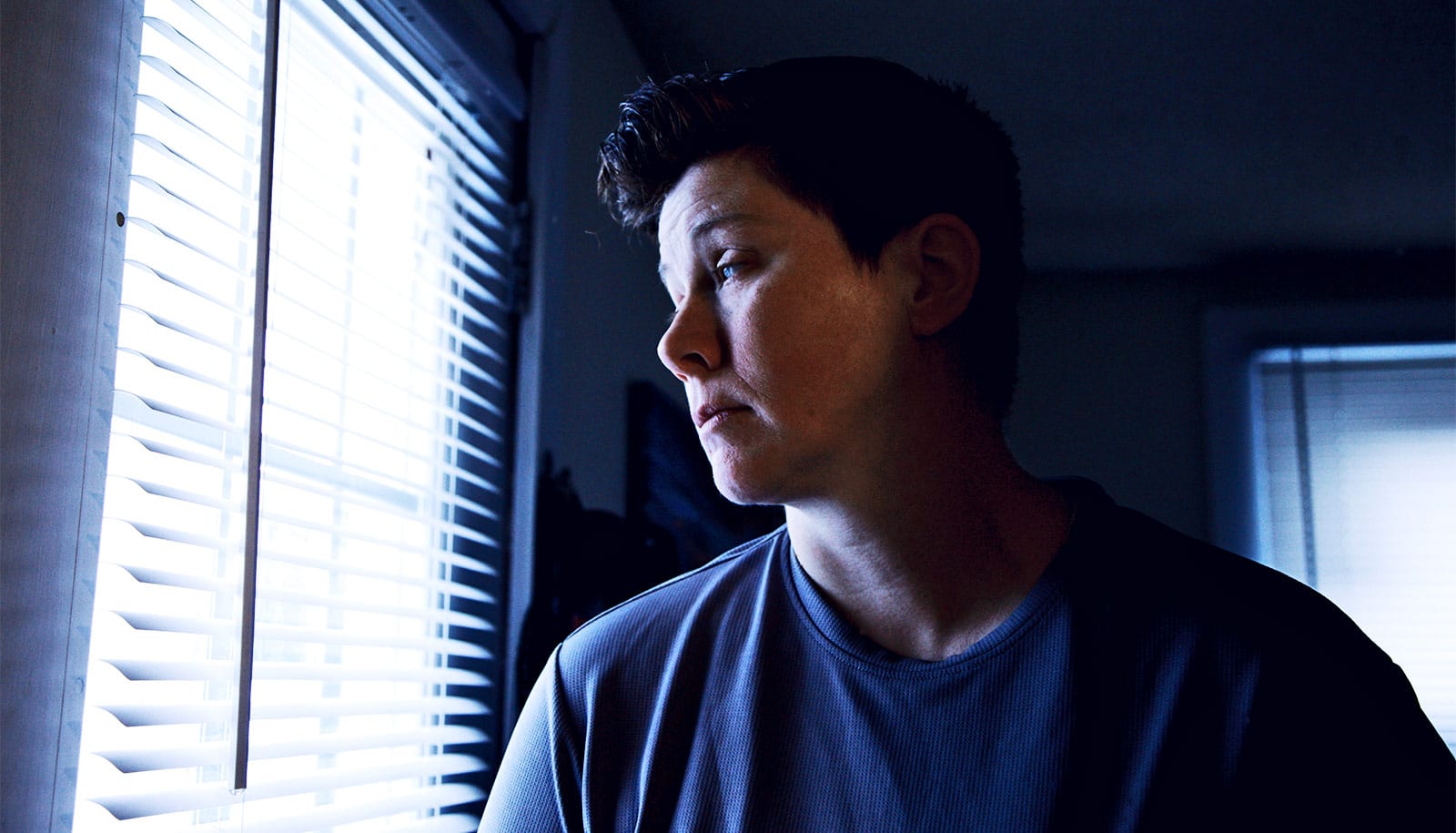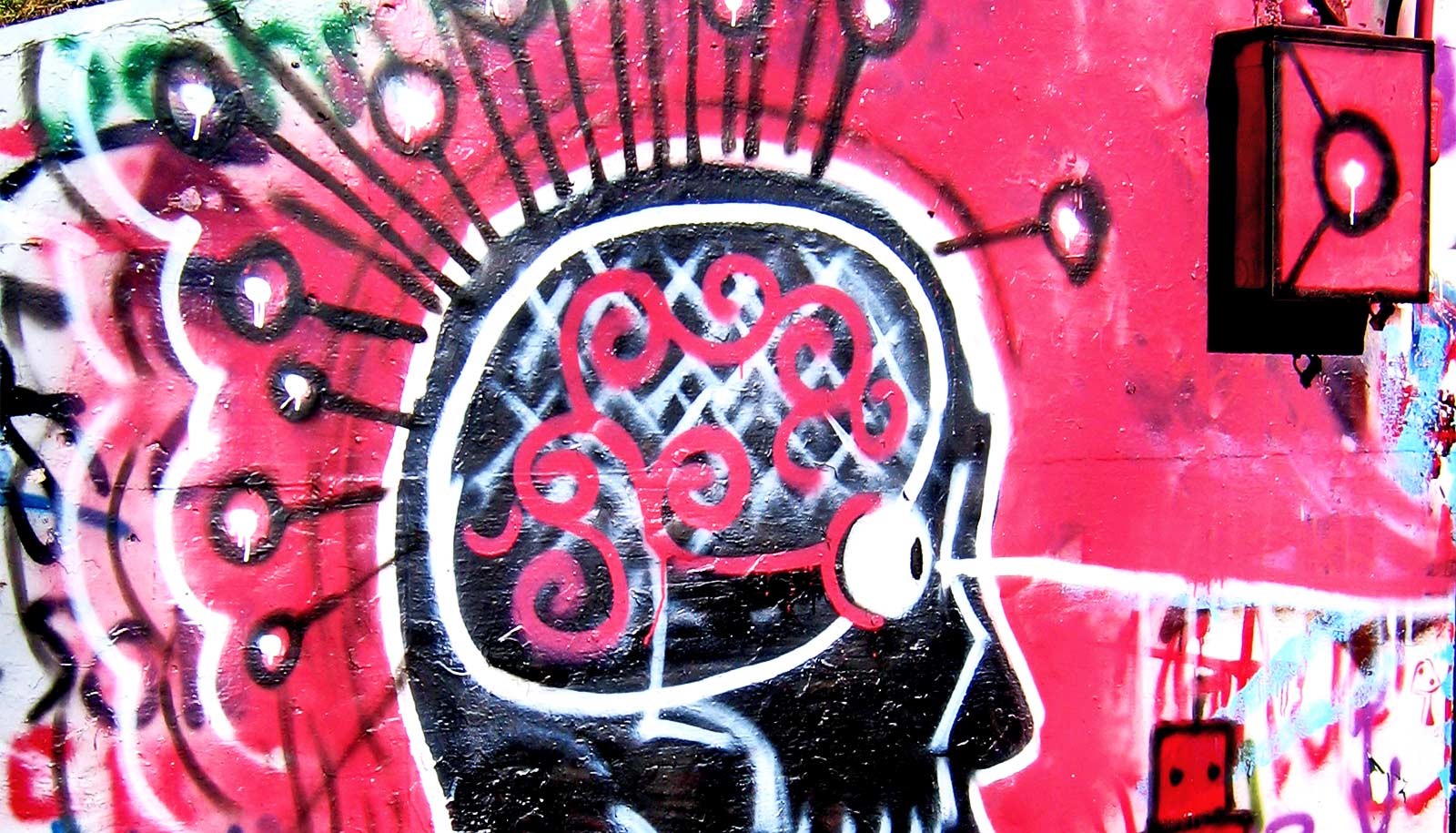COVID-19 survivors report significantly higher symptoms of post-traumatic stress and these symptoms are associated with changes to the brain’s connectivity, according to a new study.
Although COVID-19 is primarily considered a respiratory disease, experts recognize it also affects the nervous system, sometimes causing severe neurological symptoms. Some COVID-19 survivors also experience long-term mental health problems, including anxiety, depression, and post-traumatic stress disorder.
Few studies have examined functional abnormalities in the brain, which might reveal the physiological processes that underlie prolonged mental health symptoms in COVID-19 survivors.
For the new study in Neurobiology of Stress, researchers set out to determine whether survivors experience functional disruption of large-scale brain networks, collections of discrete and widespread regions of the brain that work together to perform complex cognitive tasks.
They collected functional MRI (fMRI) data and self-reported post-traumatic stress symptoms from 50 COVID-19 survivors, along with matched control subjects. The COVID-19 survivors were discharged between February and March 2020 from hospitals in Wuhan, China, and were tested about six months after their discharge.
The findings show COVID-19 survivors self-reported significantly more symptoms of post-traumatic stress than the controls. The study also reveals COVID-19 survivors exhibited abnormal patterns of brain connectivity over time, which were significantly associated with greater post-traumatic stress symptoms.
“Until recently, analysis approaches used for fMRI data assumed that the brain’s functional connectivity was static. But we now have approaches that can capture dynamic functional brain connectivity, showing the way brain patterns change over time in fundamental and reoccurring ways,” says Vince Calhoun, professor of psychology at Georgia State University and director of the Center for Translational Research in Neuroimaging and Data Science (TReNDS).
The researchers identified three distinct, reoccurring states of functional connectivity in the subjects’ brains. The COVID-19 survivors showed an increased occurrence of a particular state marked by patterns of connections between brain networks involving sensorimotor functions and visual networks.
“When we looked within the COVID-19 survivor group, we also found a significant relationship between the severity of their post-traumatic stress symptoms and how often their brain patterns are in that state,” says Calhoun. “If they spend more time in that state, they tend to have higher values on those symptom scales.”
“Our findings provide evidence that COVID might affect transient brain dynamics rather than its ongoing activity,” says Zening Fu, the study’s first author and a research scientist at TReNDS.
The results highlight the importance of evaluating transient, time-varying functional network changes among COVID-19 survivors, although Calhoun notes there are still many unanswered questions, including why this one brain state is linked to post-traumatic stress.
The research team is also interested in replicating the study using other data and looking at changes within subjects before and after contracting COVID-19.
Source: Georgia State University



